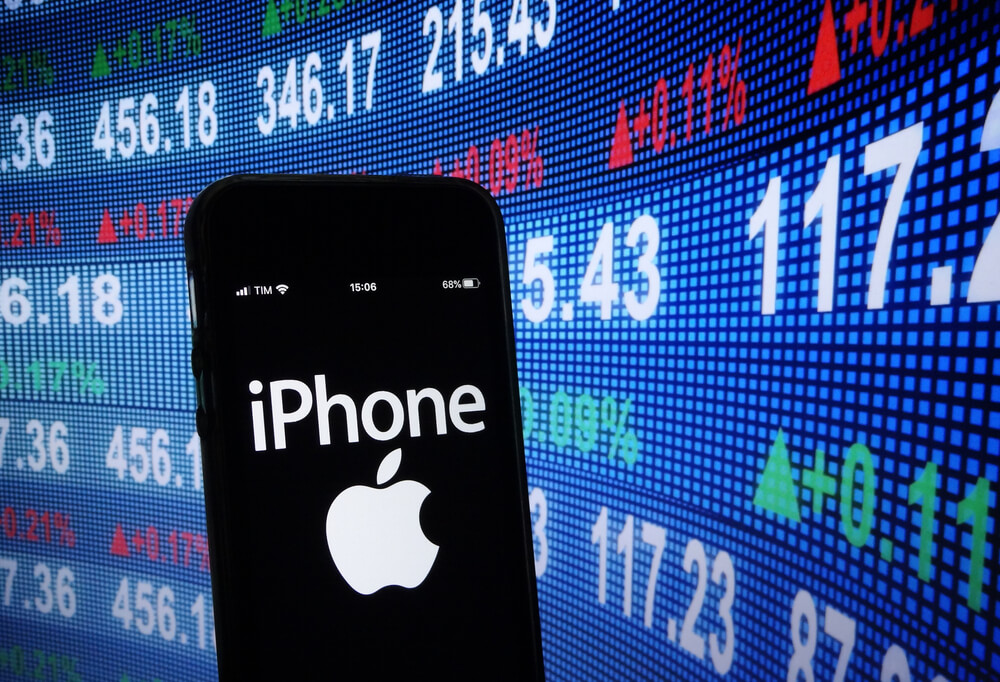What if you built a whole business around killing your most successful product?
Seriously.
What if you spent years of your time and billions of dollars to revolutionize personal computing…
What if you built an unprecedented new platform for business, art, self-expression and software development…
Then, as soon as your breakout product took over the world — you did your best to destroy it.
As I’ve described it above, this “business plan” sounds like complete lunacy.
But in reality, this “self-destructive” business plan was the most important factor for Apple Inc.’s (Nasdaq: AAPL) continued growth from a garage startup into a $3.3 trillion market titan.
Here’s why…
A Legacy of Relentless Innovation
Even from very early on, Apple was a relatively popular name in home computing.
The company’s early Apple II computer was one of the most sought-after computers of the late 1970s, and its Macintosh desktops would eventually become a staple in schools across America.
Apple’s user-friendly approach was a godsend in the early era of computing, when most platforms were designed for coders. But computer prices remained high, and the company’s market share stayed relatively small.
As technology evolved and users began to prefer smaller, more mobile computers, Apple poured its resources into developing laptops.
Remember the iBook? Source: Shutterstock.
Many companies would balk at this idea. They’d fixate on defending their meager market share or fret about diluting their offerings. But Steve Jobs ruthlessly drove his company forward.
By 2006, Apple had released the first Macbook. The company’s laptops quickly developed a reputation for reliability and stable performance that continues to this day.
But Jobs and Apple weren’t done…
Just one year later, Apple released a whole new device that would become the computing platform of choice for 60% of global internet browsing. The iPhone.
It’s easy to take each of these breakthroughs for granted in hindsight. But in each case, Apple was spending a fortune developing new products … products that would almost inevitably compete with its existing lineup for buyers and market share.
Of course, this is a simplified take on Apple’s success, but the lesson is still clear. Each of the company’s new breakout products served as a form of “Creative Destruction,” simultaneously moving technology forward while erasing older business.
In the case of Apple, that means killing off one breakthrough product only to replace it with another one.
Which means your iPhone will be the next product Apple kills off.
And it will happen sooner than most folks expect…
End of the iPhone Era?
The idea of Apple killing off the iPhone might seem silly, but the writing is on the wall.
Global smartphone sales have been shrinking for years.
Case in point: With the release of the iPhone 15, Apple finally grabbed the top spot for smartphone market share … yet the company had its sharpest decline in sales since 2020.
Put simply, anyone who wants an iPhone probably already has one.
And therein lies the “problem” for Apple.
The smartphone market is fully mature, with “peak innovation” having already been reached … roughly three years ago.
Therefore, it’s impossible for a new smartphone to hit store shelves — seemingly out of nowhere (much like the iPhone in 2007) — that inspires the masses to replace what they’re already happy with.
What’s needed is a whole new paradigm shift. Like the evolution from desktops to laptops, and from laptops to tablets and smartphones, Apple needs a major breakthrough to stay on top.
And that breakthrough is right around the corner.
To good profits,
Adam O’Dell
Chief Investment Strategist, Money & Markets
